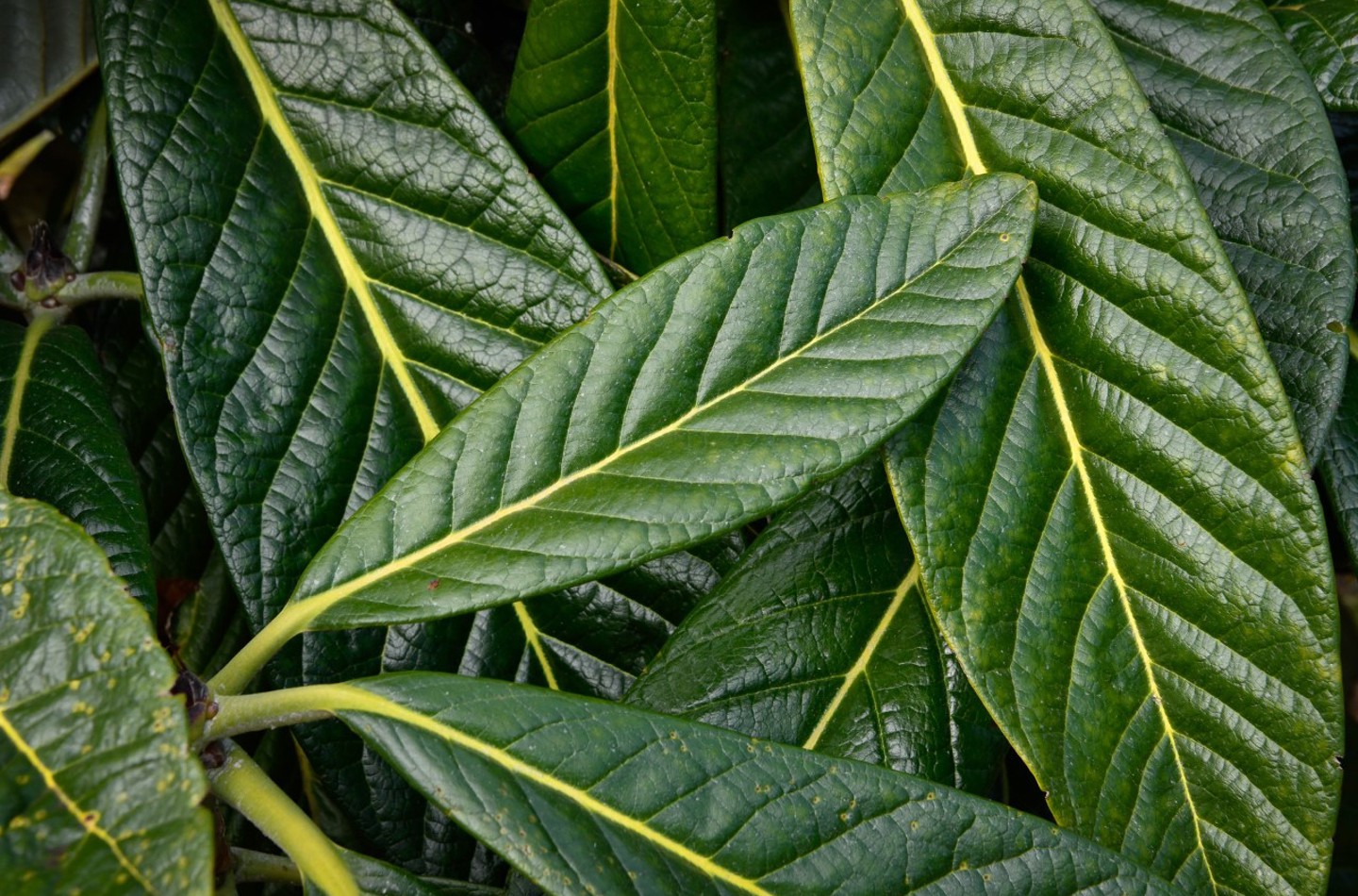
World's smelliest plant no longer blooming
-
The Royal Botanic Garden Edinburgh's (RBGE) Amorphophallus titanum, which defied all the odds by being in bloom for nine days, has finally collapsed.
Thousands of people have visited the Glasshouse to see the plant since it started to bloom during the evening of 1 August. The Garden stayed open late for the first two evenings of blooming to give visitors the chance to see the botanical spectacle and smell its distinctive scent.
The female flowers were pollinated during the first evening using pollen from Cambridge, Kew and Basel in Switzerland. Horticulturists and scientists at RBGE are hopeful that the pollination has been a success but it is still too early to know for certain. However, the peduncle and female flowers are looking as if it is viable so we should continue seeing development over the next few months.
The Amorphophallus titanum, also known as the “corpse flower’’ because it emits a stench like rotting flesh to attract pollinating insects, flowered for the second time in two years.
Scientists at RBGE have been studying the Amorphophallus titanum to find out more about its pungent smell and what pollinators it attracts. Dr Peter Wilkie, a Tropical Botanist at RBGE explained: “The last time the Amorphophallus titanum flowered we studied its morphology and structure, this time we want to better understand its biology. We want to investigate how it produces its famous smell, what pollinators are attracted to the smell and what animals disperse its seed. We are also keen to investigate why several plants are flowering in different parts of the world at the same time - are there particular environmental triggers? Are the plants that flower at the same time very closely related genetically? For such an iconic plant there is so much we don’t yet know''
Explaining the scientific significance behind the plant, Tropical Botanist Mark Hughes said: “The titan arum grows only on the Indonesian island of Sumatra, and its flowering here in RBGE for the second time symbolises our research and conservation efforts in that country. We have another 440 species of plants in our Glasshouses from Indonesia, many of them incredibly rare and endangered but also fascinating and beautiful. In the past five years our scientists have described over 50 new species from Indonesian forests, showing how much remains to be discovered and protected for the future.’’
The titan arum is a giant among plants, with a massive flowering structure that rises some three metres above the ground. A single leaf can reach a height of six metres and a spread of five metres and looks like a small tree rather than the herbaceous plant that it actually is. Its flowering is rare and unpredictable. The flower emits the pungent smell to attract pollinating insects such as carrion beetles and flies.
Successfully bringing the titan arum to the point of flowering involved replicating the conditions it would experience in the rainforests of Sumatra. The Lowland Tropics House provides the required high humidity and temperatures. During the day the temperatures are between 21-25 degrees centigrade, and by night above a minimum of 19 degrees centigrade with about 80% humidity. The 1,000 litre pot is watered with a high potash liquid fertiliser (Tomato Food) and care is taken to avoid waterlogged conditions as this could cause the corm to rot. Often
In 2010 staff at the Garden had to borrow scales from Edinburgh Zoo to weigh the corm which at an impressive £153.9kgs, smashed the existing world record of 117kgs, held by Bonn Botanic Gardens, Germany, by 36.9kgs. At the time of the weigh in it had grown from the size of an orange to measuring 952mm wide and 426mm high with a circumference of 280cm.
More work is needed to establish the conservation status of titan arum in the wild. It is currently only known from the Bukit Barisan range of mountains in West Sumatra and is classified as Vulnerable (V) on the 1997 International Union for Conservation of Nature (IUCN) Red List of Threatened Plants.
Sumatra is part of RBGE’s ongoing research in Southeast Asia on diverse tropical plant families including the Zingiberaceae (gingers), Begoniaceae (begonias), Gesneriaceae and tropical trees in the Sapotaceae and Malvaceae.
Ends
Similar news stories
See all newsBotanics Recommends
-
Explore our range of unique gifts and more. Every purchase supports the Garden.
-
Explore our unique venues, suitable for every occasion
-
Discover a range of books inspired by the RBGE's work and collections
-
Cultivate your curiosity with our programme of courses for all ages and interests.